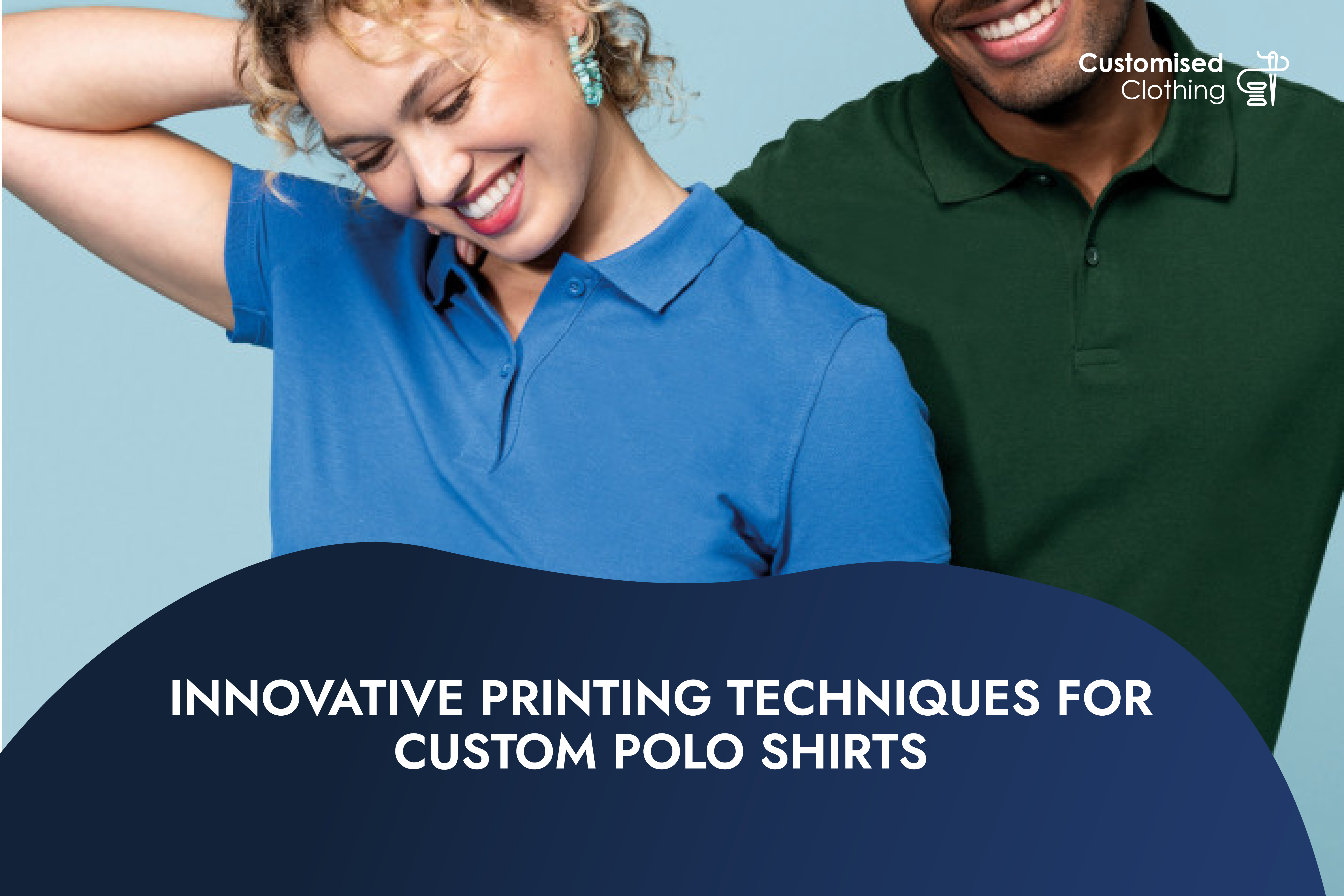Custom polo shirts are gaining in popularity as a statement-making choice for companies, sports organisations, and casual wear lovers with distinctive designs. Because printing technology has advanced over time, polo shirt customisation has changed dramatically. Today’s cutting-edge printing methods provide unmatched creative options, assuring premium, long-lasting, and aesthetically pleasing custom polo shirts. So let’s look at some of the most cutting-edge printing methods out there, along with their advantages, uses, and things to think about in this blog.
Dive In To Know The Most Creative Printing Methods
Making a style statement with online custom shirts is the best way to look unique and presentable.



Using a Screen Printing Method
One of the most well-known and traditional techniques for personalising clothing is screen printing, sometimes referred to as silk screening. This method entails making a stencil, sometimes known as a screen, and applying layers of ink to the fabric using it. Customised clothing is the best option when it comes to online screen printing services.
Advantages
- Durability: Because screen printing applies thick ink layers, the designs are resilient to fading and long-lasting.
Bright and strong colours are produced by the highly pigmented inks used in screen printing.
- Cost-effective for Large Orders: Printing in large quantities is no longer expensive when the screens are made.
Application
Designs with simpler elements and solid colours work well with screen printing. It is frequently used for promotional clothing, sports team uniforms, and company logos.
Things To Keep In Mind
- Setup Time: Since separate screens must be made for each colour, the initial setup for screen printing can take some time.
- Complexity Restrictions: Using this technique to create intricate, multicoloured graphics can be costly and difficult.


Direct To Garment Printing
Direct-to-garment (DTG) printing is a contemporary method in which ink is applied directly onto fabric using specialist inkjet printers. The printer operates similarly to a standard printer on paper, carefully spraying the ink onto the clothing.
Advantages
- High Detailing: DTG printing is excellent at creating complex patterns with a variety of hues and gradients for workwear polo shirts UK.
- Fast Turnaround: DTG is ideal for small orders and quick turnarounds because it requires very little setup.
- Soft Feel: The cloth absorbs the ink, giving the item a soft feel without adding weight or texture.
Application
Custom polo shirts with intricate and vivid designs, pictures, or artwork are a good fit for DTG printing. It’s an excellent option for small-batch production and customised presents.
Things to Keep in Mind
- Fabric Compatibility: Cloths made entirely of cotton are ideal for DTG. Synthetic materials and blends might not produce results of the same calibre.
- Cost for Large Orders: Compared to screen printing, DTG might be more costly for large-scale production, even though it’s perfect for small runs.
Using Embroidery Method
By using embroidery thread, the pattern is embroidered directly into the fabric. This method yields a sophisticated yet timeless textured, three-dimensional appearance. Embroidered logo polo shirts look best no matter what the occasion is.
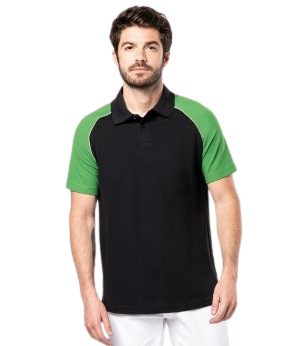
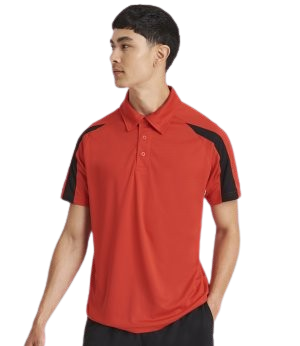
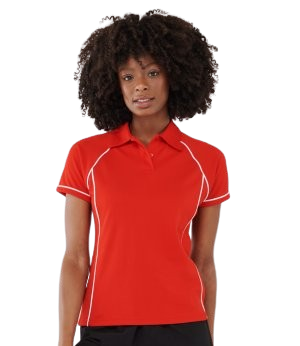
Benefits
- Professional Appearance: Embroidery provides a refined, polished appearance that is ideal for business wear and uniforms.
- Durability: Embroidered patterns are resistant to frequent washing and wear and have a long lifespan.
- Variety of Threads: You can use a large selection of thread colours and finishes, such as metallic and glow-in-the-dark.
Application
For logos, monograms, and straightforward designs on polo shirts, embroidery works perfectly. It’s frequently utilised for golf shirts, school uniforms, and business wear.
Things To Keep In Mind
- Cost: Compared to other techniques, embroidery might be more expensive, particularly for intricate motifs.
- Design Restrictions: Stitch-on embroidery may not be the best for intricate or small-word designs.
Foil Printing Method
Using heat and glue, a thin coating of metallic foil is applied to the cloth in the foil printing process. The foil forms a glossy, reflective design when it sticks to the adhesive regions.
Advantages
- Glamorous Appearance: A striking metallic high-gloss effect is achieved using foil printing.
- Sturdiness: Foil prints, when done properly, are washable and maintain their sheen.
- Range of Colours: accessible in a range of metallic hues, such as holographic, silver, and gold.
Application
Custom polo shirts look great when foil printing is used to provide a splash of luxury or a striking statement. Fashion, event memorabilia, and promotional clothing are all popular with it.
Things To Keep In Mind
- Design Restrictions: Bold, uncomplicated designs work well with foil printing. It might not transfer fine details well.
- Cost: Because there are more materials and stages involved in the process, it may be more costly.
Vinyl for Heat Transfer (HTV)
Using coloured vinyl sheets, designs are cut out and heat pressed onto cloth using heat transfer vinyl (HTV). The vinyl sticks to the clothing, resulting in a strong and eye-catching design.
Advantages
- Versatility: A vast array of colours, textures, and finishes, such as metallic, glitter, and reflecting alternatives, are available for HTV.
- Durability: After numerous washings, the vinyl graphics hold up well since they don’t peel or split.
- Quick Application: Perfect for small orders and customising products as needed.
Application
Custom names, numbers, logos, and straightforward designs on polo shirts are frequently created using HTV. It’s well-liked for personalised presents, athletics, and promotional clothing.
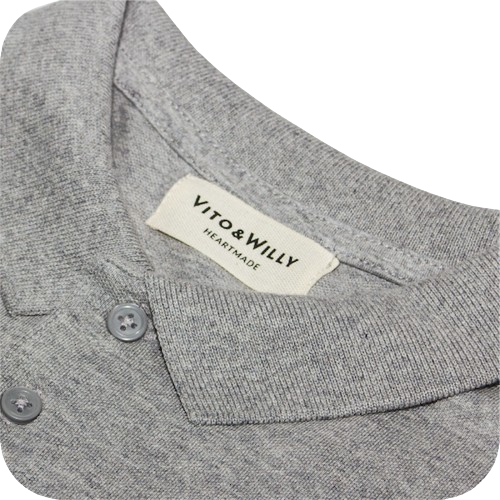
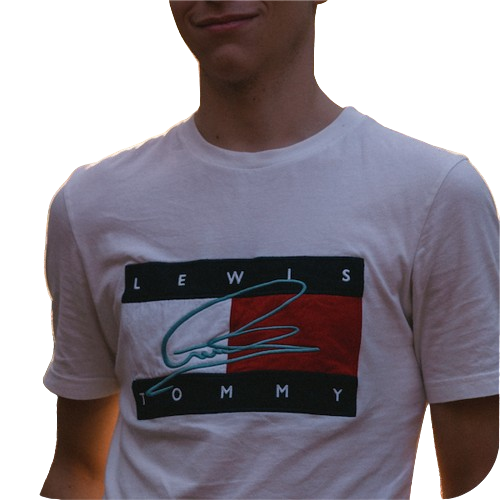
Selecting the Right Printing Method
Several factors should be considered when choosing a printing method for personalised polo shirts:
- Design Complexity: While simpler designs work well with screen printing or HTV, more elaborate and colourful designs can be most appropriate for DTG or digital heat transfers.
- Order Quantity: Small runs work best for DTG or digital heat transfers, whereas large orders are more economical for screen printing.
- Fabric Type: Verify that the technique you’ve selected works with the polo shirts’ fabric. Blends of polyester are needed, for example, in dye sublimation.
- Durability Requirements: Screen printing, embroidery, or HTV are great options for patterns that must resist severe wear and repeated washings.
- Budget: Select a method that fits within your budgetary limits by taking into account the project’s total budget, which includes setup and per-item charges.
Conclusion
Numerous printing methods are available in the field of custom polo shirts, each with special benefits and uses. There is a technique for every design and goal, ranging from the traditional robustness of screen printing to the fine detail of DTG and the opulent finish of foil printing. You can make an informed choice and get beautiful results by being aware of the advantages and factors to consider with each technique.
Get high quality custom clothing from the best service providers like customised clothing who have years of experience in printing garments and delivering excellence in this field.
